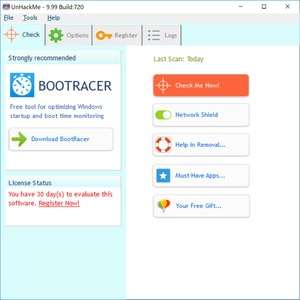
More recently, malware distributors have been utilizing SEO poisoning techniques by pushing infected URLs to the top of search engine results about recent news events. Some rogue security software, however, propagate onto users' computers as drive-by downloads which exploit security vulnerabilities in web browsers, PDF viewers, or email clients to install themselves without any manual interaction. A free online malware-scanning service.


Multimedia codec required to play a certain video clip.An image, screensaver or archive file attached to an e-mail message.A browser plug-in or extension (typically toolbar).Most have a Trojan horse component, which users are misled into installing. A website may, for example, display a fictitious warning dialog stating that someone's machine is infected with a computer virus, and encourage them through manipulation to install or purchase scareware in the belief that they are purchasing genuine antivirus software.

Rogue security software mainly relies on social engineering ( fraud) to defeat the security built into modern operating system and browser software and install itself onto victims' computers. An early example that gained infamy was SpySheriff and its clones, such as Nava Shield. Rogue security software has been a serious security threat in desktop computing since 2008. It is a form of scareware that manipulates users through fear, and a form of ransomware. Rogue security software is a form of malicious software and internet fraud that misleads users into believing there is a virus on their computer and aims to convince them to pay for a fake malware removal tool that actually installs malware on their computer.



 0 kommentar(er)
0 kommentar(er)
